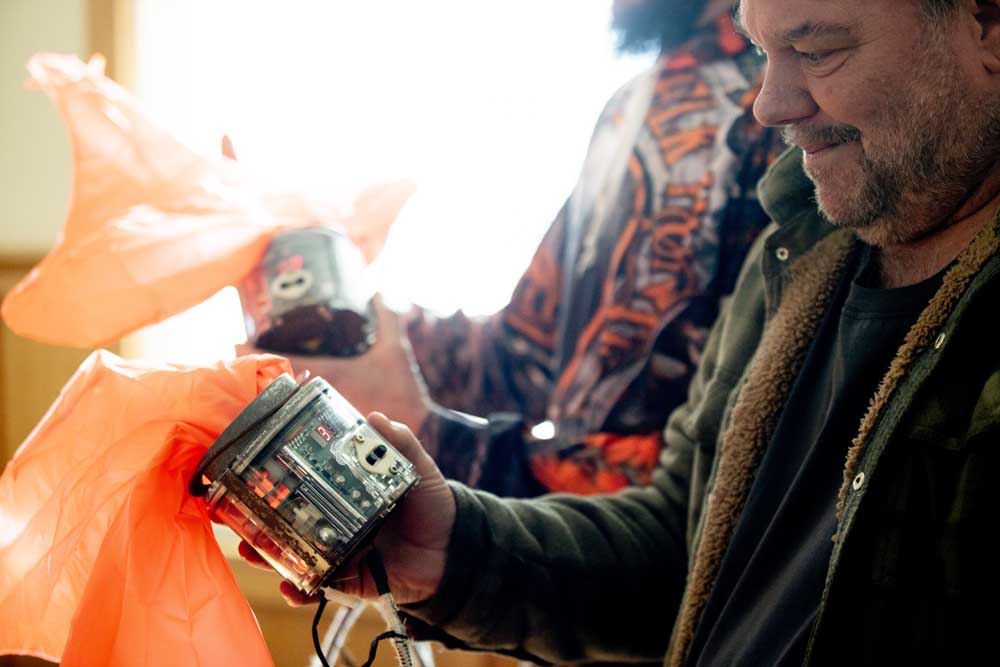Remote rescue boat
Published 9:20 am Tuesday, August 13, 2019

- Port of Peninsula commissioner William Derion holds of the water rescue drone E.M.I.L.Y. or Emergency Integrated Lifesaving lanYard for a photo Monday, August 12 at the Port of Peninsula. “First responders can potentially send this out and rescue somebody before surf rescue comes,” Derion said.
PENINSULA — A remote-controlled water rescue drone recently used to save three people in Rockaway Beach from will soon be employed on the Long Beach Peninsula.
Trending
It’s been dubbed the “Robotic Lifeguard” and the “Robotic Rescue Boat,” but it’s officially known by the acronym E.M.I.L.Y or Emergency Integrated Lifesaving lanYard.
The Port of Peninsula purchased the device as part of an inter-government agreement with Long Beach. The drone will be kept at the Long Beach Fire Department and will be ready to be deployed following a special training in the coming days.
Rockaway rescue inspired drone investment
On July 8, three victims were rescued from rip current in Rockaway Beach, Oregon, after the drone was used to take a rope through the surf, where rescuers then pulled an adult and two children to safety.
The rescue caught the attention of local officials.
“It has proven lifesaving ability, including just a month ago in Rockaway Beach, that’s what really spearheaded us after we lost a couple clammers last year,” said Port of Peninsula commissioner William Derion, who represents the port district that includes Long Beach.
“We thought it would be great for clam digs, when you get a bunch of people on the beach and sometimes at night. The first responders can send this out and potentially rescue somebody before the surf rescue comes. With our 28 miles of beach and rip currents, this is something that can be easily thrown into a truck, driven out and tossed into the water. If it saves one life it’s worth its weight in gold.”
Little boat, big results
The drone was introduced about a decade ago and the first rescue occurred in Depoe Bay in 2012. There are now about 400 craft deployed with rescue agencies in more than 20 countries, according to the manufacturer.
Bow to stern, the self-righting boat measures about four feet and weighs about 20 pounds. It uses jet propulsion, similar to a jet-ski, capable of more than 20 mph with a five-mile range.
“This one has a motor that’s meant for white-water conditions,” Derion said. “We thought it would be better with the currents and surf to upgrade the motor.”
There are four handles for people to hang on as they’re pulled in with about 800 yards of towline.
A 20-minute rechargeable lithium-polymer battery powers a communication system, including UHF radio and a forward-looking infrared camera mounted on a composite Kevlar hull. The infrared feature should make it possible to home in on swimmers in trouble in conditions like nighttime clam digs.
“Through research and development they just keep getting better and better,” Derion said.
The Port of Peninsula paid the bill for the drone, around $13,000.
“Our commissioner Derion teamed up with Mayor Phillips to make this available,” said Port of Peninsula Executive Director Jay Personius.
“It’s a winner for the summer and for clam season.”









